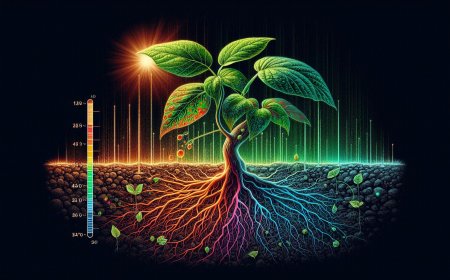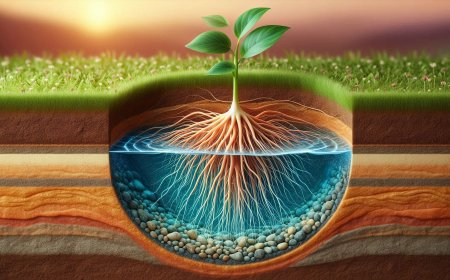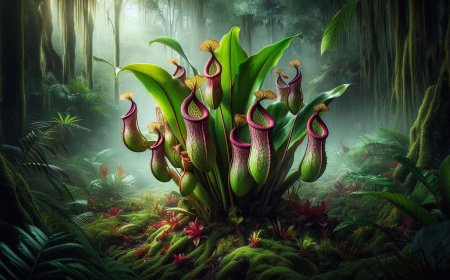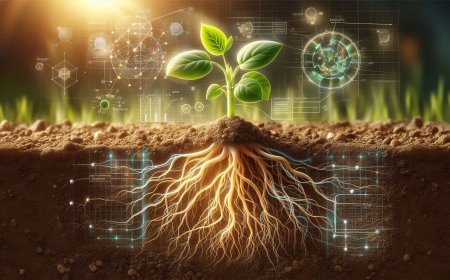Hydrotropism: The Hidden Power Behind Plant Survival
Discover the fascinating phenomenon of hydrotropism in plants, where roots detect and grow toward water sources. Understand its science, importance, and real-world applications in agriculture and natural ecosystems.
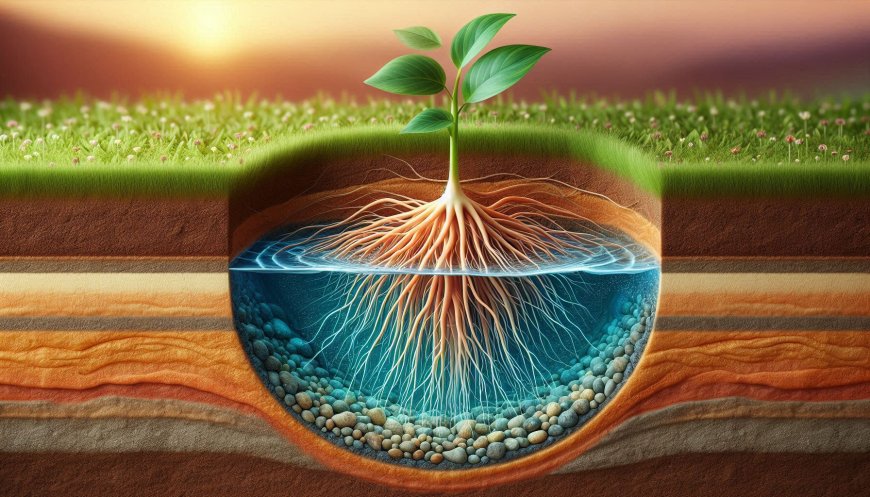
In the intricate world of plant biology, hydrotropism stands out as a vital, yet often overlooked, phenomenon. As plants stretch their roots into the soil, one of their main goals is to find water – the lifeline that fuels their growth, supports photosynthesis, and enables them to thrive. But how exactly do roots navigate through soil to locate this essential resource? This is where hydrotropism, the ability of plants to grow toward moisture, plays a crucial role.
What is Hydrotropism?
Hydrotropism is a biological response in which a plant’s roots grow towards a water source. Unlike other types of tropisms, such as phototropism (where plants grow toward light), hydrotropism is all about detecting and growing toward moisture levels. In environments where water is unevenly distributed, hydrotropism becomes essential for the plant’s survival.
When a root encounters a moisture gradient, meaning one area of the soil has more water than another, the cells on the drier side of the root elongate more rapidly than those on the wetter side. This differential growth causes the root to bend and grow towards the water-rich area, allowing the plant to maximize its water intake.
The Science Behind Hydrotropism
Hydrotropism is guided by a group of plant hormones known as auxins, which play a pivotal role in directing growth responses. When roots detect a water gradient, auxins redistribute within the root cells to signal growth toward the moisture source. Although much about this process remains a mystery, research indicates that the gene MIZ1 is highly active during hydrotropic responses, helping the root detect and navigate toward water.
Why is Hydrotropism Important?
For plants, water is indispensable. It supports everything from nutrient transport to photosynthesis, and without it, plants cannot survive. In natural settings where rainfall can be unpredictable or where water sources may be sparse, hydrotropism is a survival mechanism. It enables plants to grow in arid environments and withstand dry spells, ensuring that their roots can still access the water they need to thrive.
Moreover, hydrotropism plays a crucial role in agriculture, as crops rely heavily on this response to adapt to varying soil conditions. Understanding and harnessing hydrotropism can lead to developing more drought-resistant plants, which is invaluable in a world where water scarcity is a growing concern.
Hydrotropism in Action: Real-World Examples
- Desert Plants
Desert plants, such as cacti and succulents, showcase hydrotropism by growing roots that spread wide and deep in search of water, often found far beneath the soil surface. This adaptation allows them to survive prolonged dry periods and make the most of infrequent rainfall. - Tropical Rainforests
Even in rainforests, where humidity is high, water availability in the soil can vary. Tropical plants exhibit hydrotropism to adapt to changing water levels in different soil layers, especially during seasonal shifts. - Agricultural Crops
Corn, rice, and other staple crops rely on hydrotropism to optimize their water intake. Farmers often adjust irrigation patterns based on how plants are responding hydrotropically, ensuring water reaches roots effectively and promoting efficient growth.
The Future of Hydrotropism Research
As climate change impacts water availability, understanding hydrotropism could lead to groundbreaking advances in agricultural science. Researchers are working to identify specific genes and cellular mechanisms that trigger hydrotropic responses, potentially allowing scientists to enhance these traits in crop species. This could result in plants that are better equipped to grow in dry or drought-prone regions, ultimately contributing to food security and sustainable agriculture.
Conclusion
Hydrotropism is an extraordinary example of nature’s adaptability, revealing the hidden power of plants to sense and respond to their environment. It ensures their survival and growth, allowing them to thrive in diverse habitats, from arid deserts to lush rainforests. As we continue to study and understand hydrotropism, we unlock the potential to address some of the greatest challenges facing agriculture and water conservation in the modern world.
Through hydrotropism, plants remind us of nature's resilience and adaptability, inspiring us to protect and learn from the natural world around us.

What's Your Reaction?







